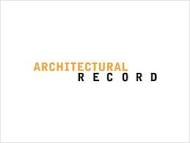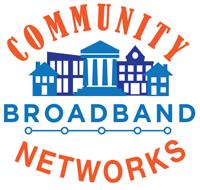Architectural Record, October 1, 2013
On a recent evening, Dan Rose, the 32-year-old co-owner of the newly opened Flying Squirrel restaurant in Chattanooga, Tennessee, sat at the packed bar, sketching ideas for his next project, with architect Thomas Palmer, a graduate of Auburn University and its Rural Studio program. Rose is quintessential new-Chattanooga, a walking symbol of what the city aspires to be: after graduating from Skidmore College in upstate New York, he came south to wait tables and climb some of the best vertical rock faces in the country, many within biking distance of downtown. Eight years later, he’s still here, caught in the city’s rising entrepreneurial tide.
Chattanooga’s rebirth is one of the more improbable stories of American urbanism. The city’s nadir is easy to pinpoint: the October evening in 1969 when Walter Cronkite reported on CBS News that Chattanooga had been named the “dirtiest city in America.” It was a sad decline from its postwar peak as one of America’s leading industrial centers, when the cheap Tennessee Valley Authority electric power made it the machine shop of the South—and the surrounding hills trapped the resulting polluted air.Among once-struggling rust-belt cities now on the upswing, Chattanooga is breaking away from the pack. Increasingly identified with places that combine high-tech and big nature to attract people and jobs—such as Austin, Texas; Boulder, Colorado; and Portland, Oregon—it also flaunts the singularly alluring feather in its cap: some of the fastest Internet speeds in the western hemisphere. In 2010, the city-owned power utility, EPB, completed a fiber-optic network that allows it to offer up to 1 gigabit-per-second bandwidth to every home and business in the city. Chattanooga became “Gig City” and launched recruitment programs to lure businesses, from startups to multinationals. The network is emblematic of the city’s many efforts to transform itself from having an all-but-deserted core to becoming an amenity-rich magnet for a young, enterprising population.
…snip…
The utility’s ability to execute construction of the fiber network is an example of Chattanooga’s adroit combination of competent institutions and civic spirit. As Christopher Mitchell of the Institute for Local Self-Reliance, a major supporter of municipal broadband networks, emphasizes, “It’s not only that fiber attracts jobs, it’s that well-governed areas build fiber networks.”
What is surprising about Chattanooga is how broad-based its orchestrated renaissance appears to be. Among entrepreneurs, city officials, and community leaders, there is a clear recognition of the link between economic development and quality of life—particularly those elements of it that appeal to young professionals. The city’s wealthy foundations have catalyzed the impulse, funding design competitions, public artworks, and cultural events. Rather than trying to get on the map using the “Bilbao effect,” their focus has been on smaller-scale urban changes. “While other cities were building ballfields and big entertainment kind of things, we decided to build Chattanooga for all of us who are going to live here,” says Sarah Morgan, president of the Benwood Foundation. On the Southside, the Lyndhurst Foundation financed sidewalk improvements along Main Street, design guidelines for the residential neighborhood, and CreateHere, a nonprofit that encourages local cultural development, with incubator space and a business planning course (Rose and his partner, Max Poppel, are graduates).
…snip…





